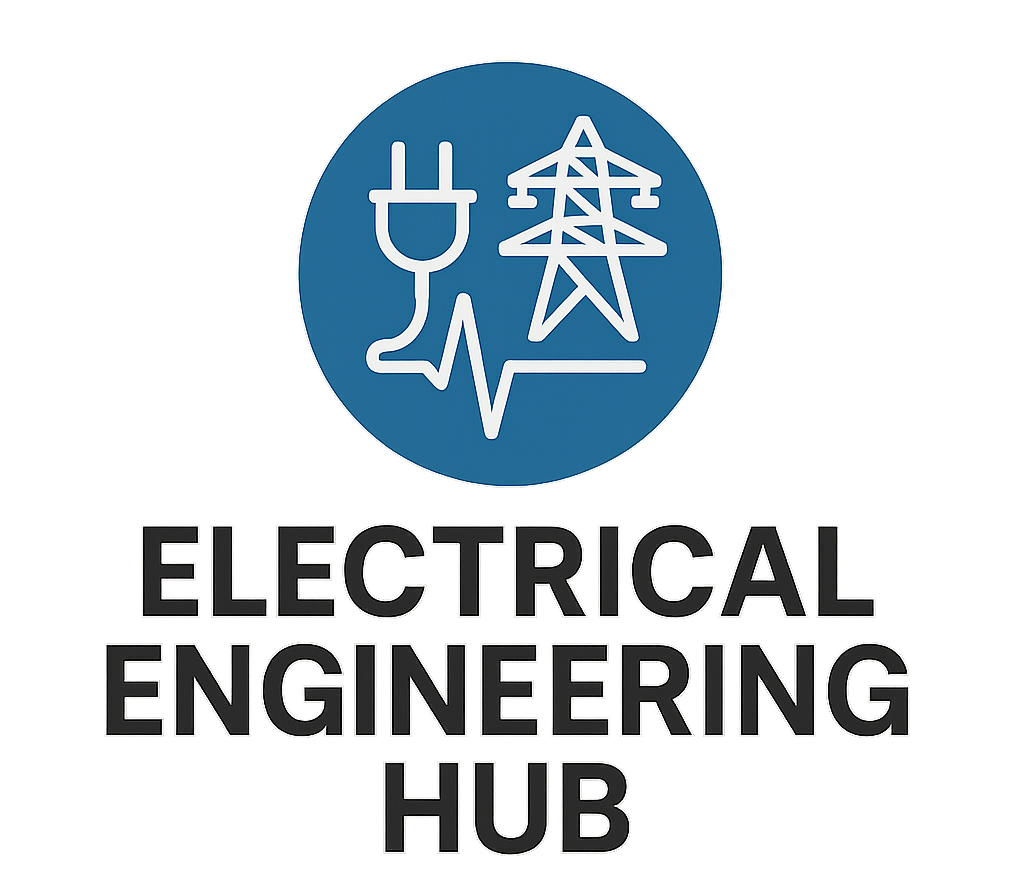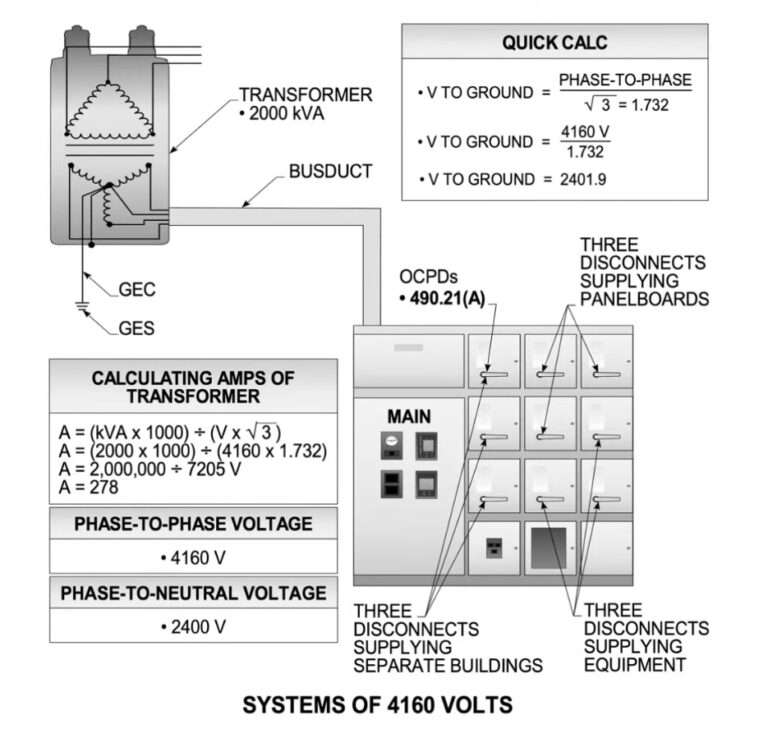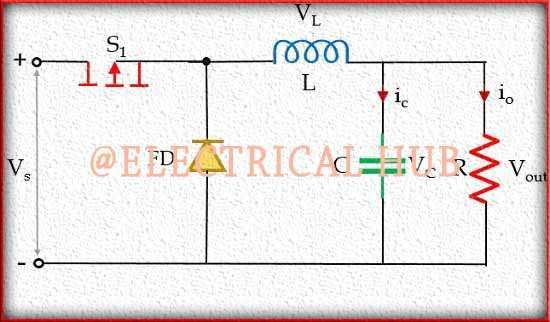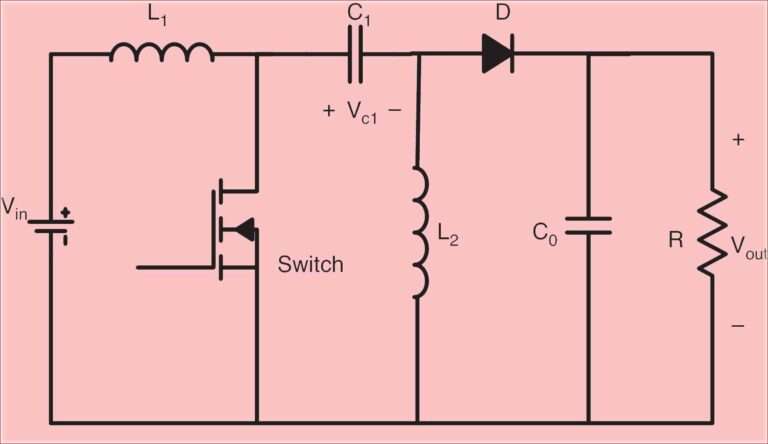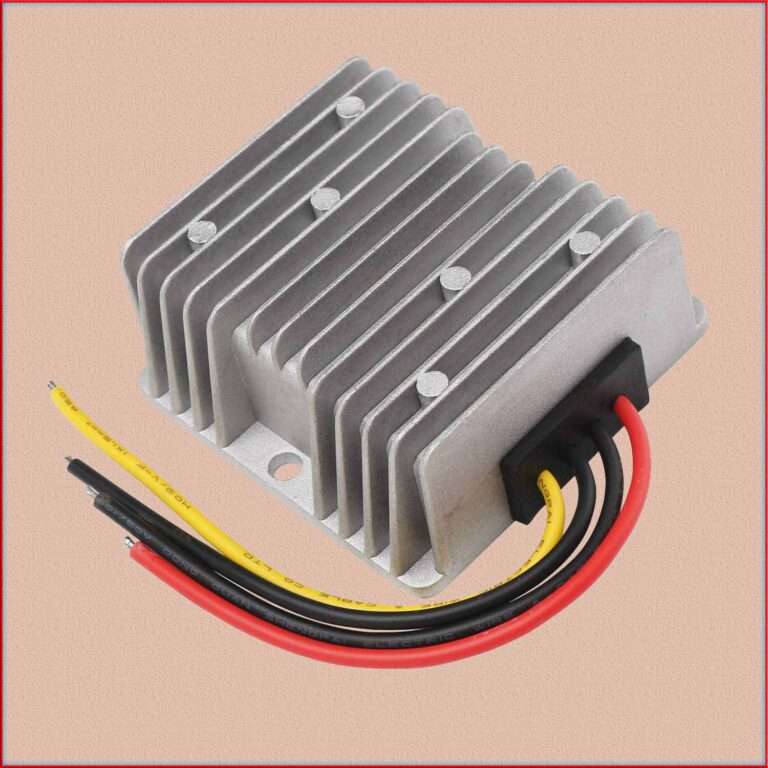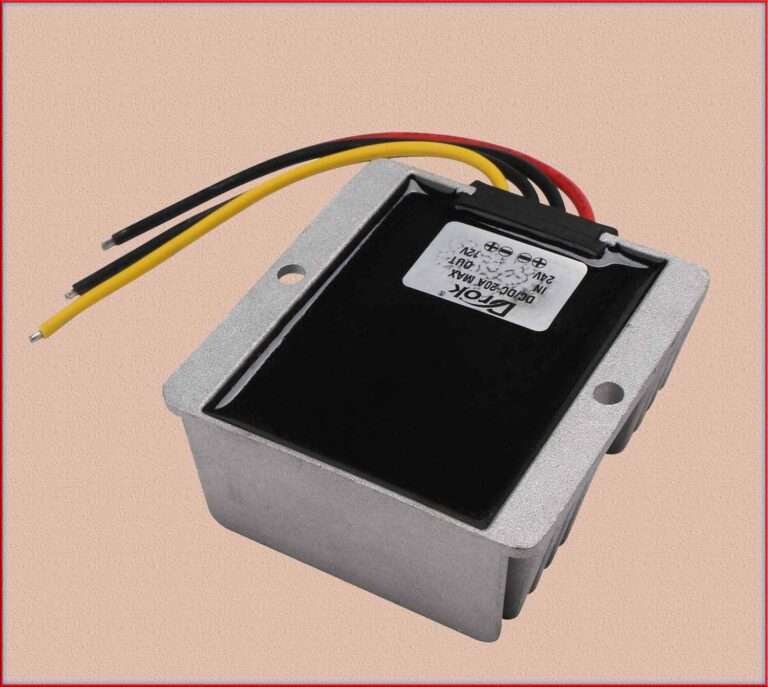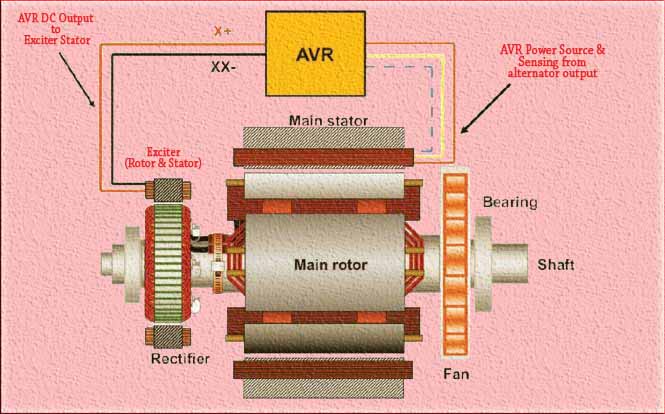IEC Standard for Neutral to Earth Voltage – Limits, Measurement & Safety Guidelines
Learn about the IEC standard for neutral to earth voltage, acceptable limits, and testing methods. Understand how maintaining proper earthing ensures electrical safety and compliance with IEC regulations.
